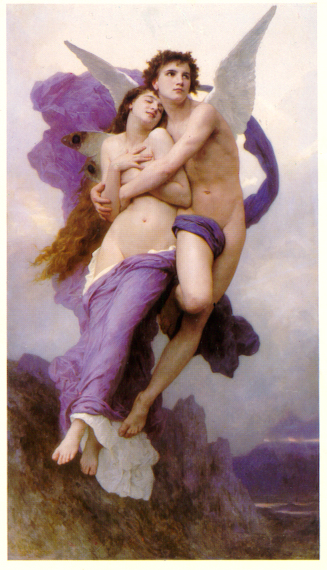We discussed the upcoming test on Monday and came up with questions that will pertain to at least 50% of the test. The stories we are responsible for being familiar with (including sidebar information) are:
-Little Mermaid
-Little Red Riding Hood
-Cinderella
-Hansel & Gretel
-Beauty & the Beast
-Sleeping Beauty
-Snow White
-Rapunzel
-East of the Sun, West of the Moon
-Bluebeard
-Juniper Tree
The questions that the class came up with were:
Q: What is the name of the archetypal lady in Finnegan's Wake?
A: Prank Queen
Portmanteau - multi level word, Joyce gets it from "Alice In Wonderland." Combine two words into one. Example is slithey, comes from the word slimy and slithery.
Q: What numbers are considered privileged numbers in fairy tales?
A: 3 & 7
Q: What is misplaced concreteness?
A: A question that you're not suppose to ask. For example, the possibility of Rapunzel's hair being strong enough for a human to climb, it being possible for Hans to ride a rooster.
Q: Which story is classified as 333 from the Aarnie Thompson folk index?
A: Little Red Riding Hood
Q: How is the collective unconsciousness manifested through fairy tales?
A: Through archetypes
Q: "If your really crafty, you'll get them both," is a quote from which fairy tale?
A: Little Red Riding Hood
Q: What are the three parts of the universal quest?
A: Separation, Initiation, and Return
Q: What are the three parts of the triple goddess?
A: Mother, Maiden, & Crone
Q: Why is there no original?
A: All is displaced myth, you can't trace oral tradition.
Q: What are you recognizing in someone when you bow to them?
A: Recognition of the divine
Q: In Disney's Aladdin, the genie says he is _______?
A: Mythology
Q: A difference between the Grimm version and the Perrault version of Cinderella is?
A: She is called Ash Girl in the Grimm version
Q: In the Aarnie Thompson Folk Index, what classification does East of the Sun, West of the Moon, Hans My Hedgehog and Beauty & the Beast belong to?
A: Search For Missing Husband/Beast Groom
Q: Which of the following stories does not consist of parents struggling to concieve?
A: Bluebeard
Q: Name the mythological mother/daughter due we talk about in class all the time?
A: Demeter/Persephone
Q: Write a haiku of a fairy tale. Consist of three lines. First line has five syllables, second line has seven syllables, third line has five syllables.
Q: What is the significance of the blue in Bluebeard's beard?
A: All of the above
Q: What causes the transformation in Beauty & the Beast?
A: Love
Q: Who is one of our first archetypal talking animal/horse like Mr. Ed?
A: Golden Ass
Q: Why did Cupid wake up when Psyche was looking at him?
A: She spilt a drop of hot oil from the lamp on him
Q: What is sisty uglers?
A: Spoonerism
Q: Which romantic poet already knows everything there is to know?
A: Wadsworth
Q: What mythological story did Beauty & the Beast come from?
A: Cupid & Psyche
Q: What is the gender characteristic flaw in the story Bluebeard?
A: Female curiosity
Q: In which Grimm story is there a witch?
A: Hansel & Gretel
Q: Which author wanted to marry Little Red Riding Hood?
A: Charles Dickens
Q: What phrase begins most fairy tales?
A: "Once upon a time..."
In the celtic version of Cinderella, her mother is in the form of a female sheep, or a ewe.
.djvu/page1-461px-Goody_Two-Shoes_(1888).djvu.jpg)



